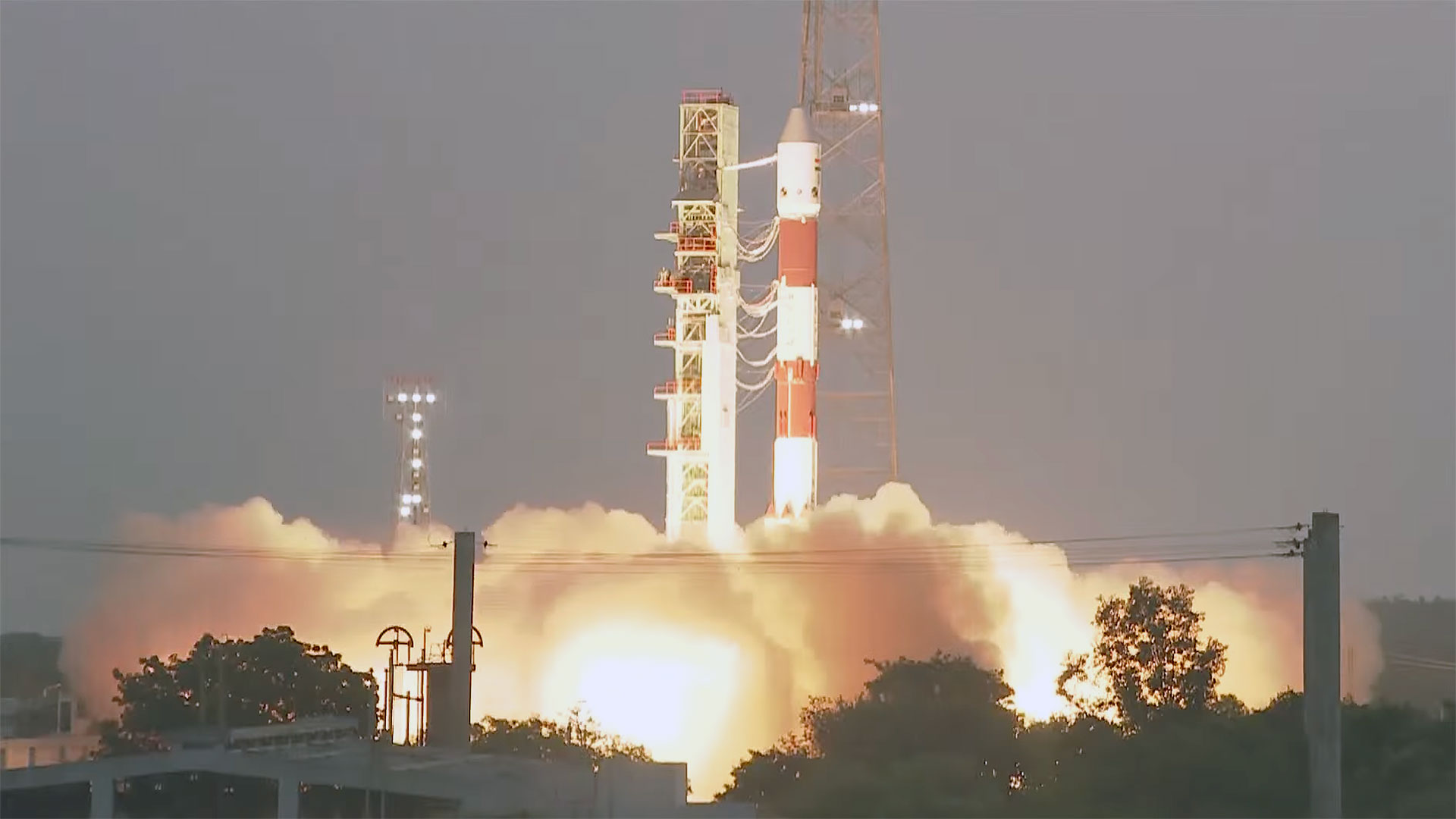NASA astronaut Kate Rubins will vote from space
"If we can do it from space, then I believe folks can do it from the ground, too," she said.
NASA astronaut Kate Rubins will vote in the upcoming presidential election while floating in space 250 miles (400 kilometers) above Earth.
Although Rubins will fly to the International Space Station on Oct. 14, a few weeks before the U.S. presidential election on Nov. 3, she will still be able to vote. Rubins voted in space before, as have a number of other NASA astronauts.
"I think it's really important for everybody to vote," Rubins told The Associated Press. "If we can do it from space, then I believe folks can do it from the ground, too."
Related: Voting from space: How astronauts do it
Voting from space is like voting with an absentee ballot here on Earth. The main difference is that, instead of sending her ballot through the mail, Rubins will receive a secure electronic ballot and send it back to Mission Control, which will pass the completed ballot on to the county clerk.
"It's critical to participate in our democracy," Rubins added. "We consider it an honor to be able to vote from space."
In addition to being in space during the election, Rubins' stay aboard the space station will coincide with the 20th anniversary of continuous human presence on the orbiting lab. She will also be in space to greet the crew of SpaceX's Crew-1 mission, which is set to launch to the station on Oct. 23 from NASA's Kennedy Space Center and which will be the first full-length flight of the commercial vehicle.
Get the Space.com Newsletter
Breaking space news, the latest updates on rocket launches, skywatching events and more!
Rubins will launch with Russian cosmonauts Sergey Ryzhikov and Sergey Kud-Sverchkov on a Soyuz spacecraft from Baikonur Cosmodrome in Kazakhstan.
During her upcoming mission, Rubins, who was the first person to sequence DNA in space, will take part in a variety of research on the space station, including a cardiovascular experiment and work with the Cold Atom Lab, an instrument on the space station that creates an extremely cold microgravity environment astronauts use to study the behavior of atoms.
Email Chelsea Gohd at cgohd@space.com or follow her on Twitter @chelsea_gohd. Follow us on Twitter @Spacedotcom and on Facebook.
Join our Space Forums to keep talking space on the latest missions, night sky and more! And if you have a news tip, correction or comment, let us know at: community@space.com.

Chelsea “Foxanne” Gohd joined Space.com in 2018 and is now a Senior Writer, writing about everything from climate change to planetary science and human spaceflight in both articles and on-camera in videos. With a degree in Public Health and biological sciences, Chelsea has written and worked for institutions including the American Museum of Natural History, Scientific American, Discover Magazine Blog, Astronomy Magazine and Live Science. When not writing, editing or filming something space-y, Chelsea "Foxanne" Gohd is writing music and performing as Foxanne, even launching a song to space in 2021 with Inspiration4. You can follow her on Twitter @chelsea_gohd and @foxannemusic.
